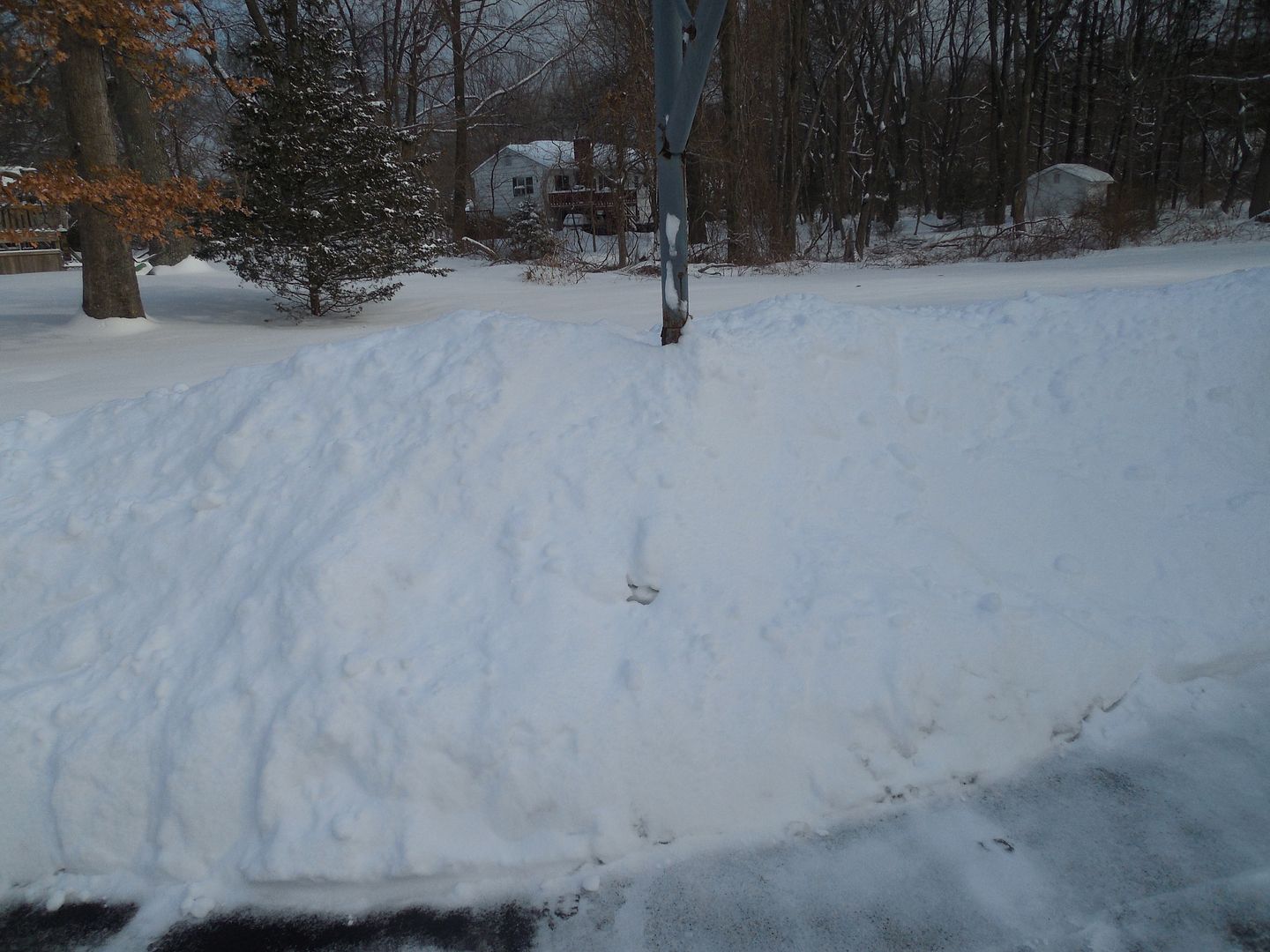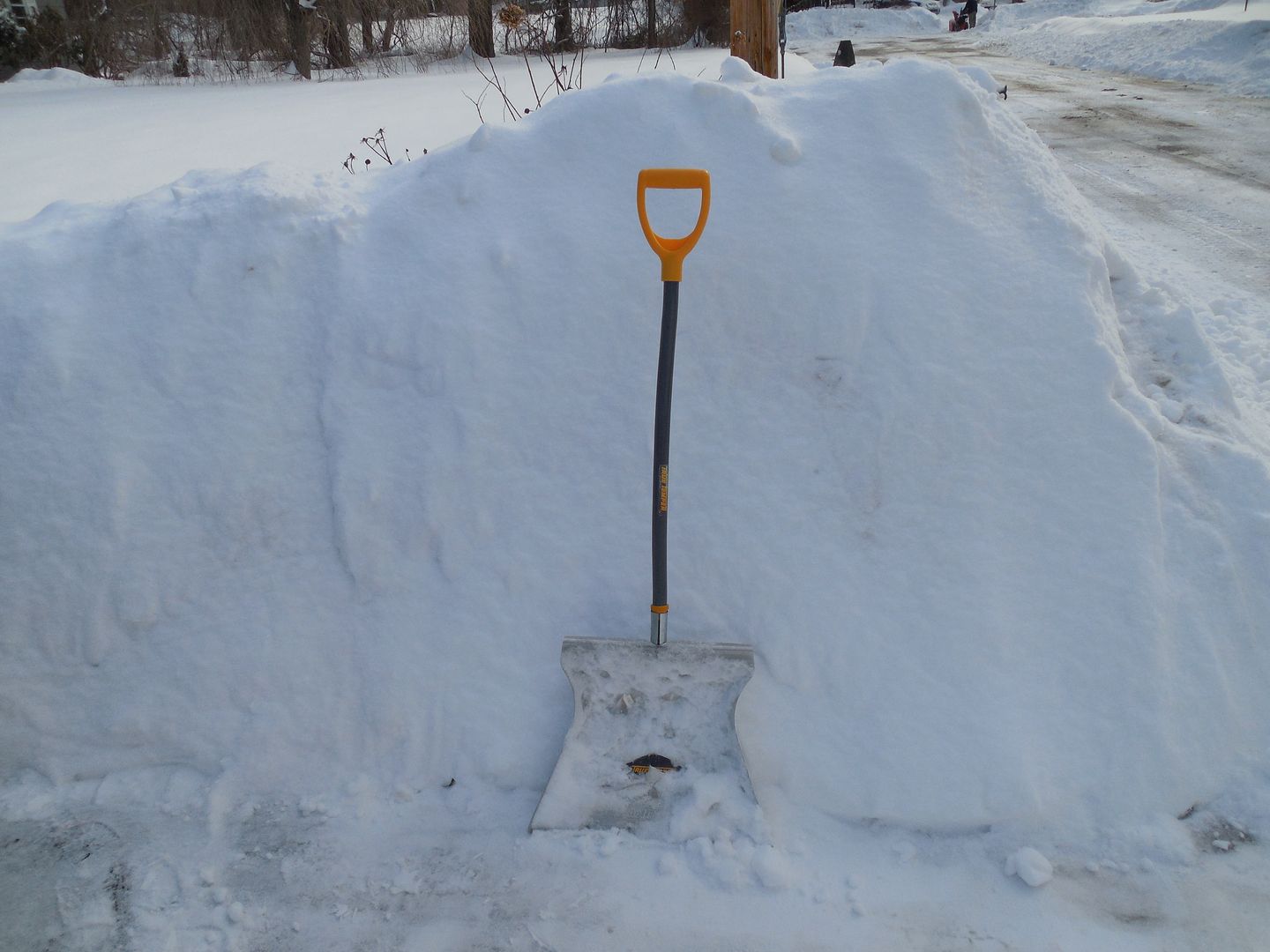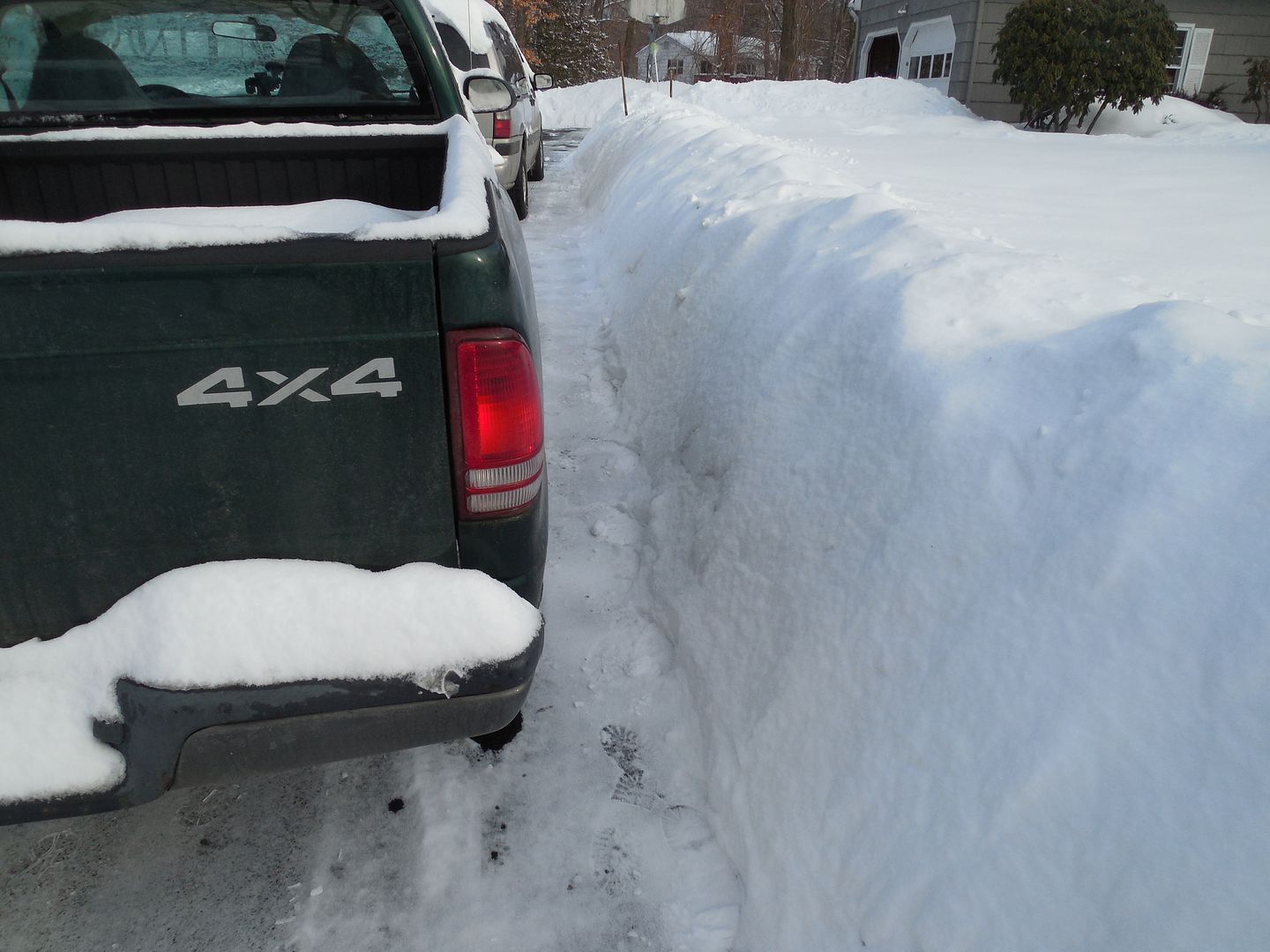Here are some of my observations of the melt. The melt varies in different areas but tends to be between late winter and early spring. It could go into May or even later. Just depends on the area. I am no certified expert on anything, just thinking out load on my personal observations. For those hiking or camping in the melt it really can't be treated like winter or spring IMHO. As the margins of a field are neither woods nor grassland the melt is neither winter nor spring. It's also an opportunity to get cold and wet. Here is what I do to mitigate that and enjoy this short time of the year.

1. Clothing.
In the melt I prefer synthetics (fleece etc), wool and Gortex. Cotton is a no go. For deep winter with extreme cold there is a place for certain cotton garments but this isn't that type of winter. Layered clothing works great as the temps can be in the 50-60 range during the day then fall below freezing at night. It's very easy to have slush above the level of many boots.
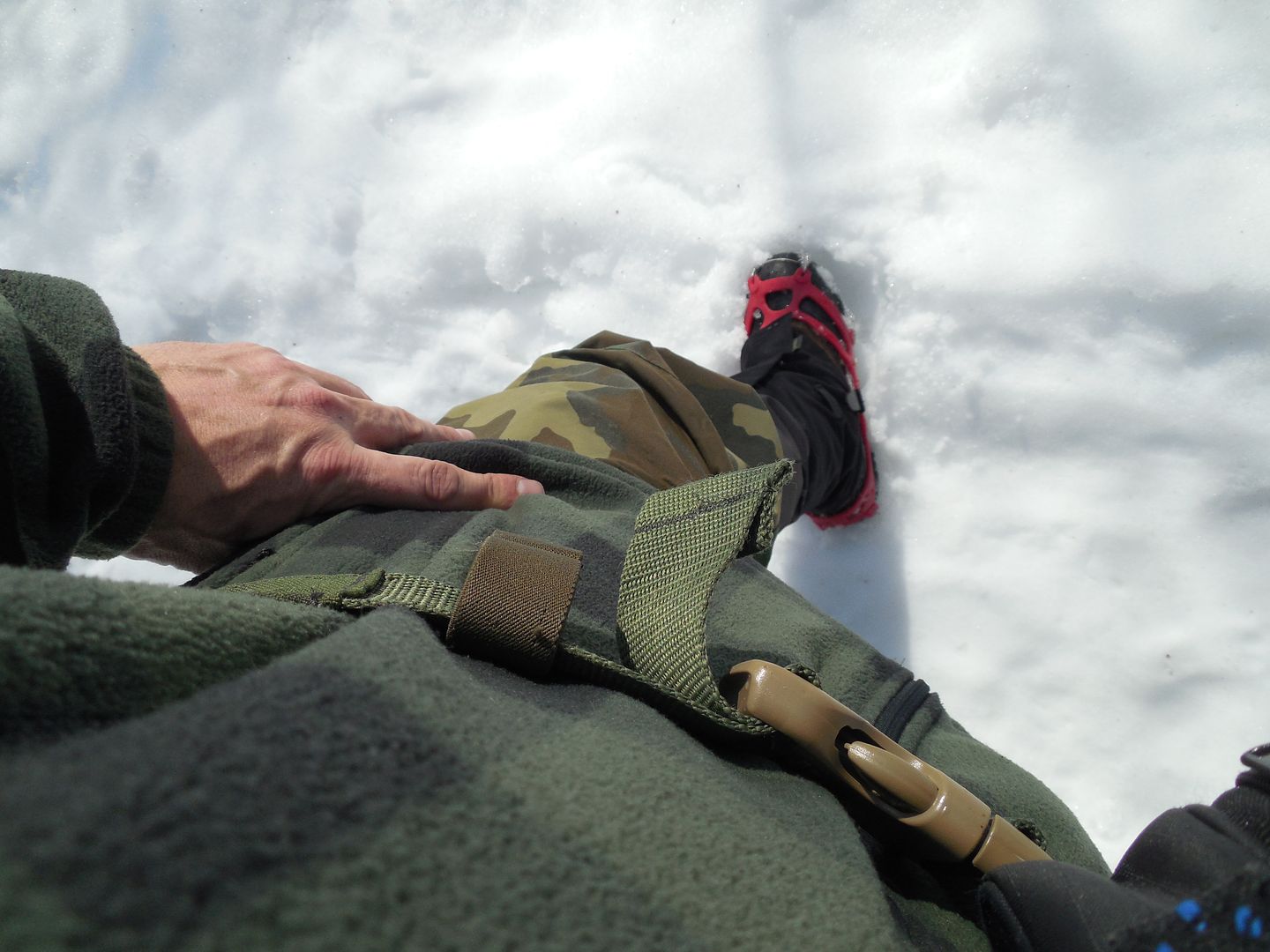
Taller boots with water resistant pants. Gaiters are really nice this time of year and so are micro spikes/yaks tracks. Snowshoes aren't out of the question because post holing is a pain.
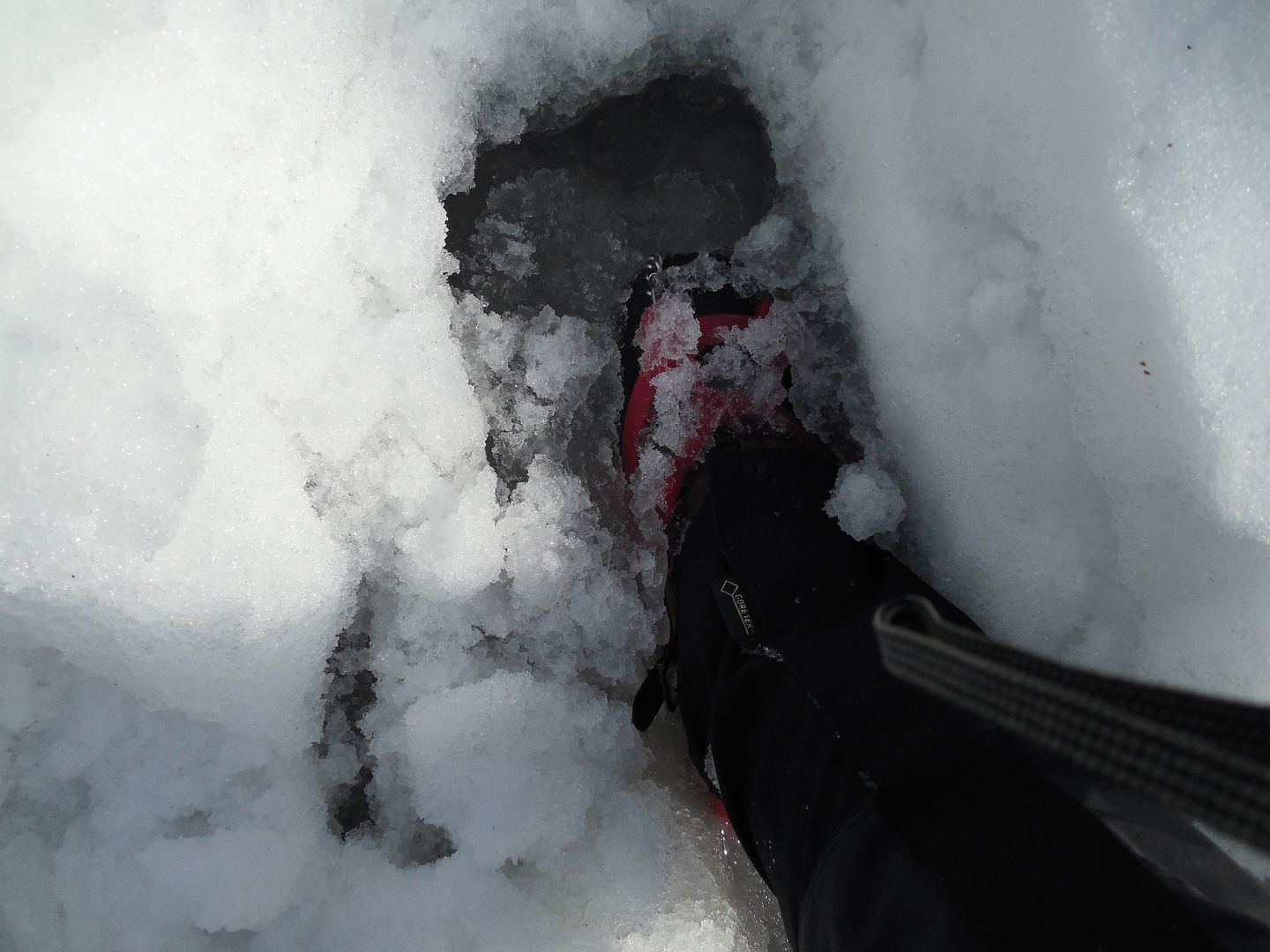

The taller boots or snowshoes will also help with deeper snow which might still be around.
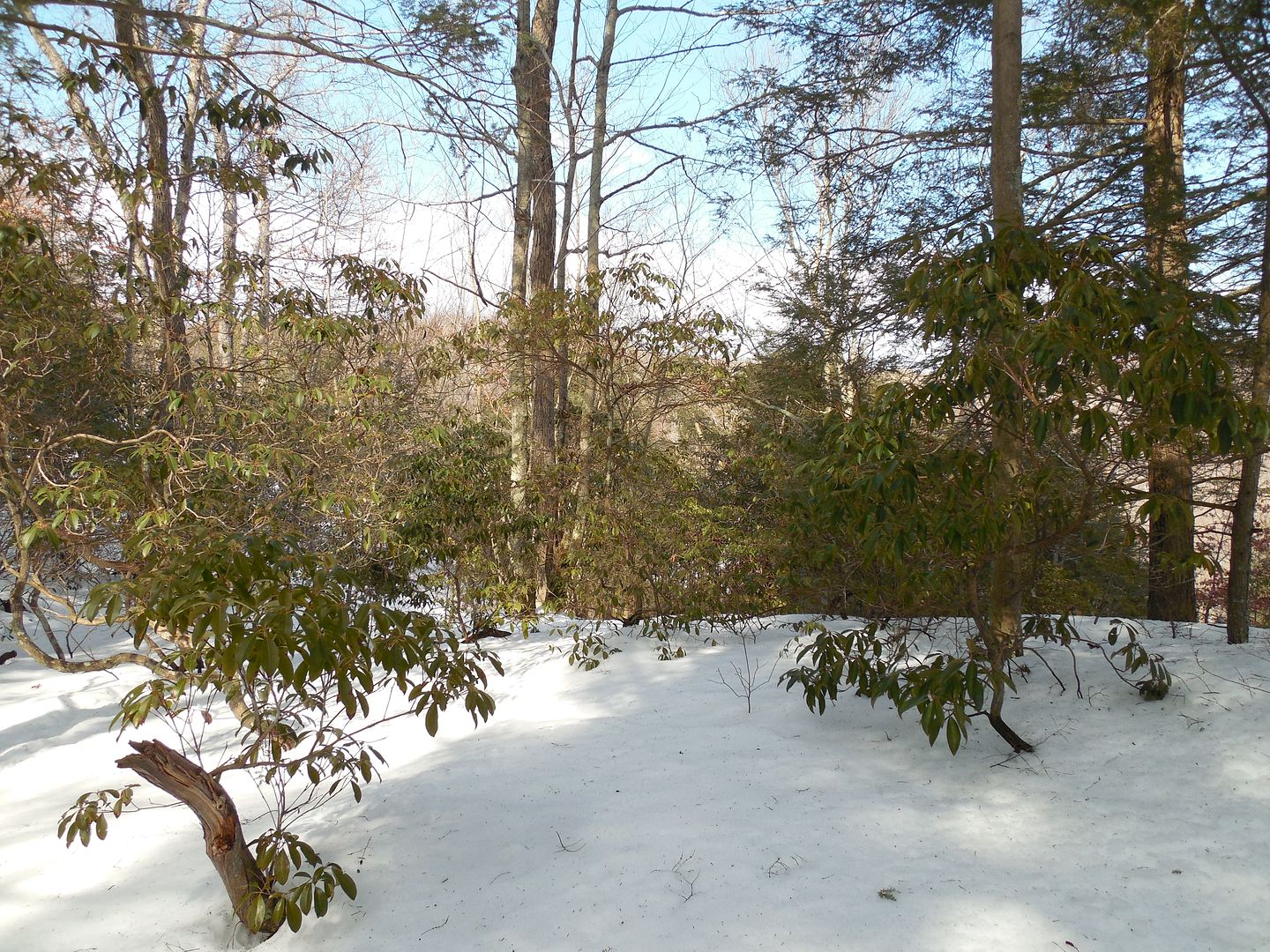
Areas with poor drainage develop even worse drainage if that's even possible. It's very possible for these spots to freeze up over night. During deep winter these areas can be rock solid but now not so much. Best to place camps away from rivers, run-offs, streams and swampy areas. Goes without saying but conditions can change fast.

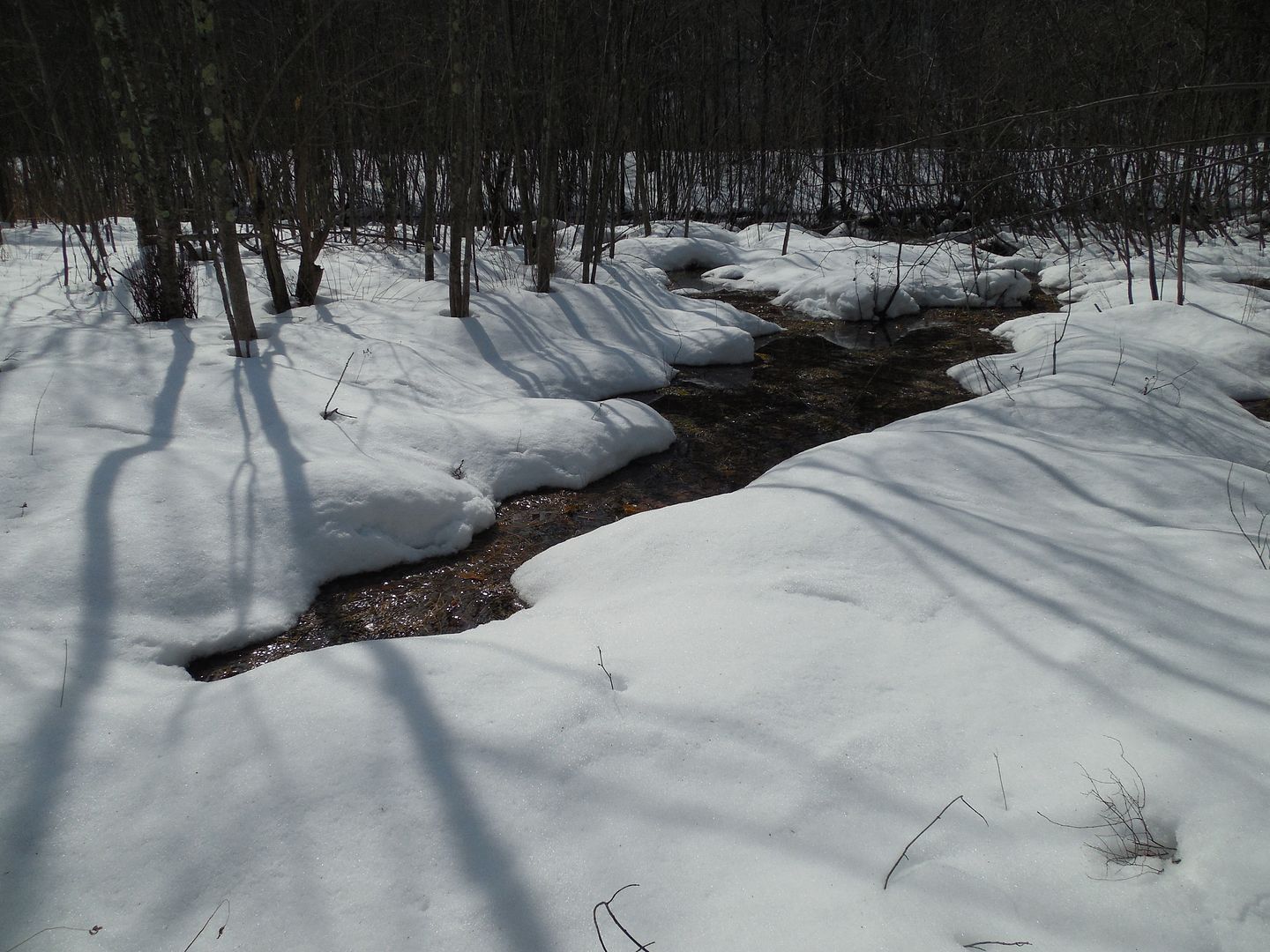

Small run-off streams which are easily crossed earlier in the day may start to swell as the heat intensifies the melt. Kinda like a rising tide.
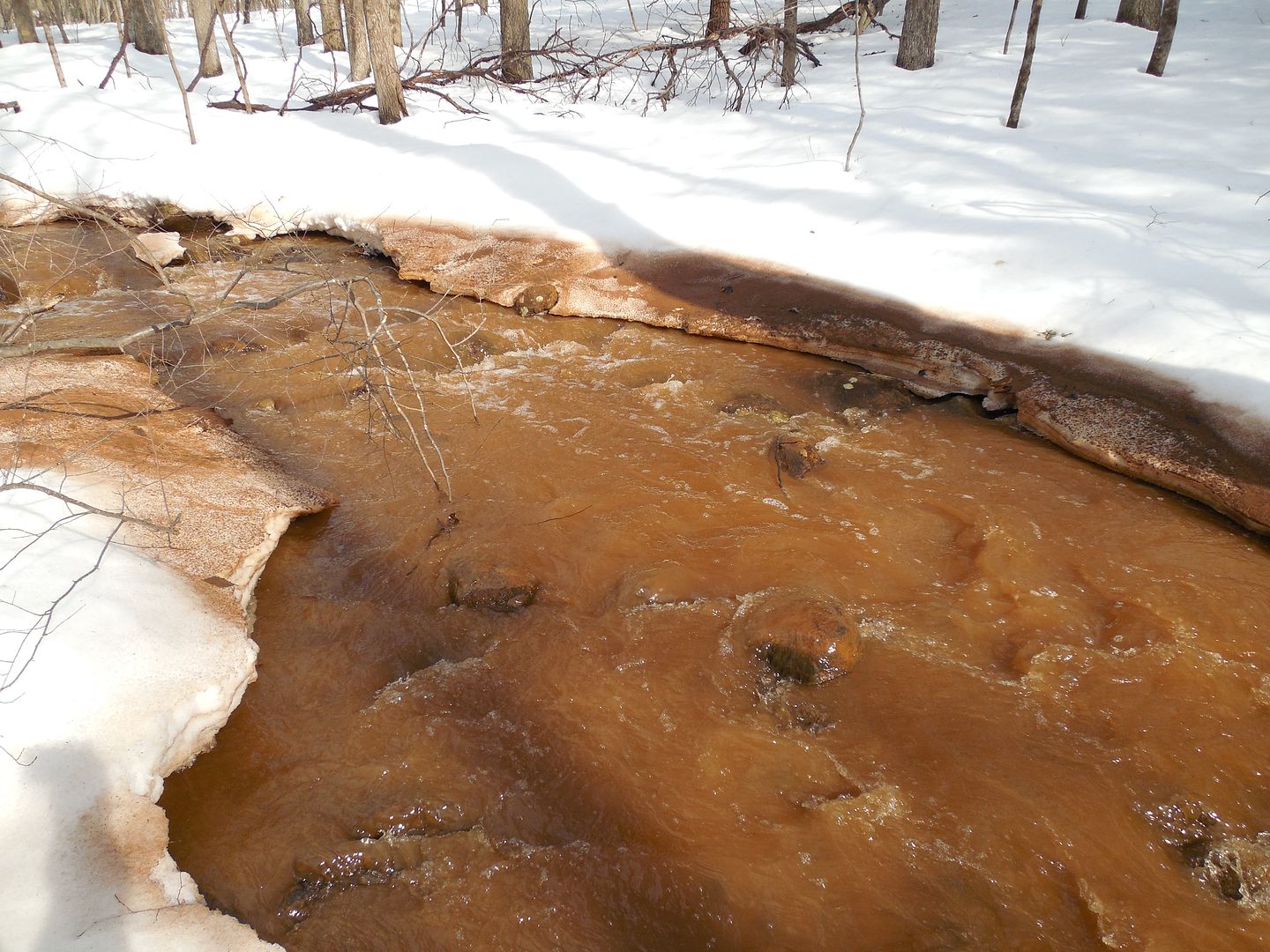
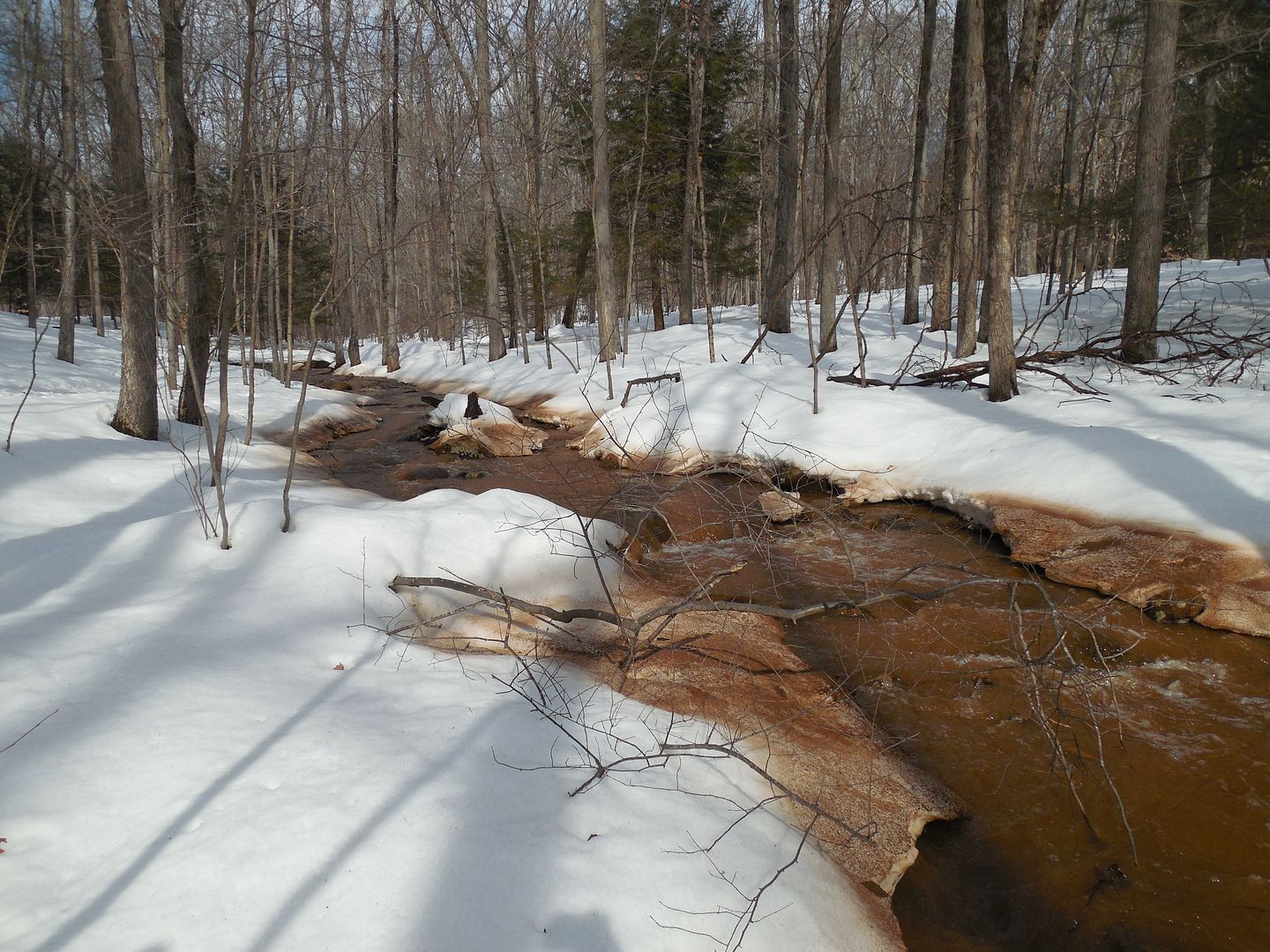
There is also the possibility for water under the snow in spots which might not be totally expected.
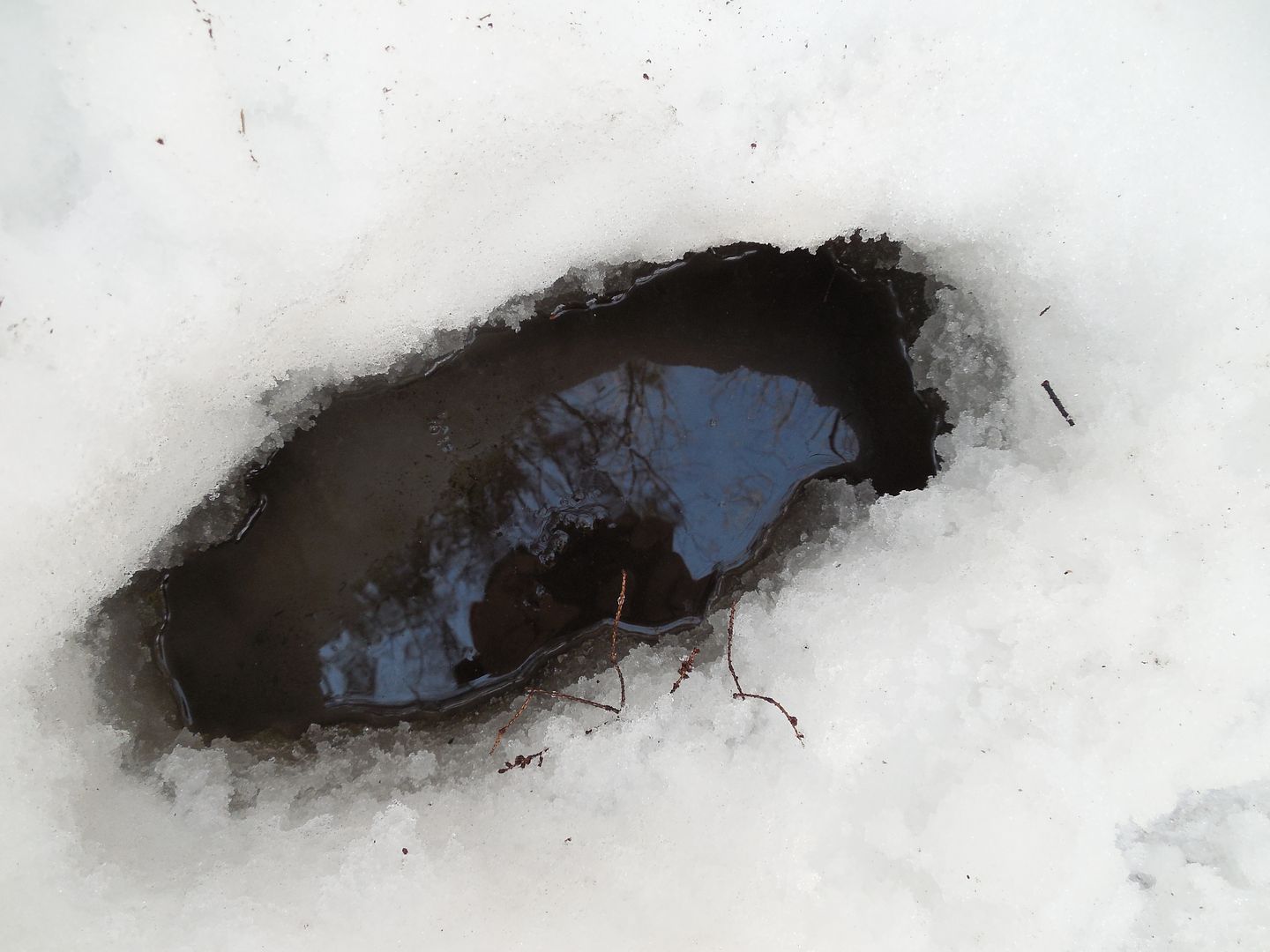
Speaking of moving water the contrast between muddy flow and white snow sometimes tricks the eyes into thinking the edge of the water is farther out than it really is. Snow and ice are even more undercut this time of the year.
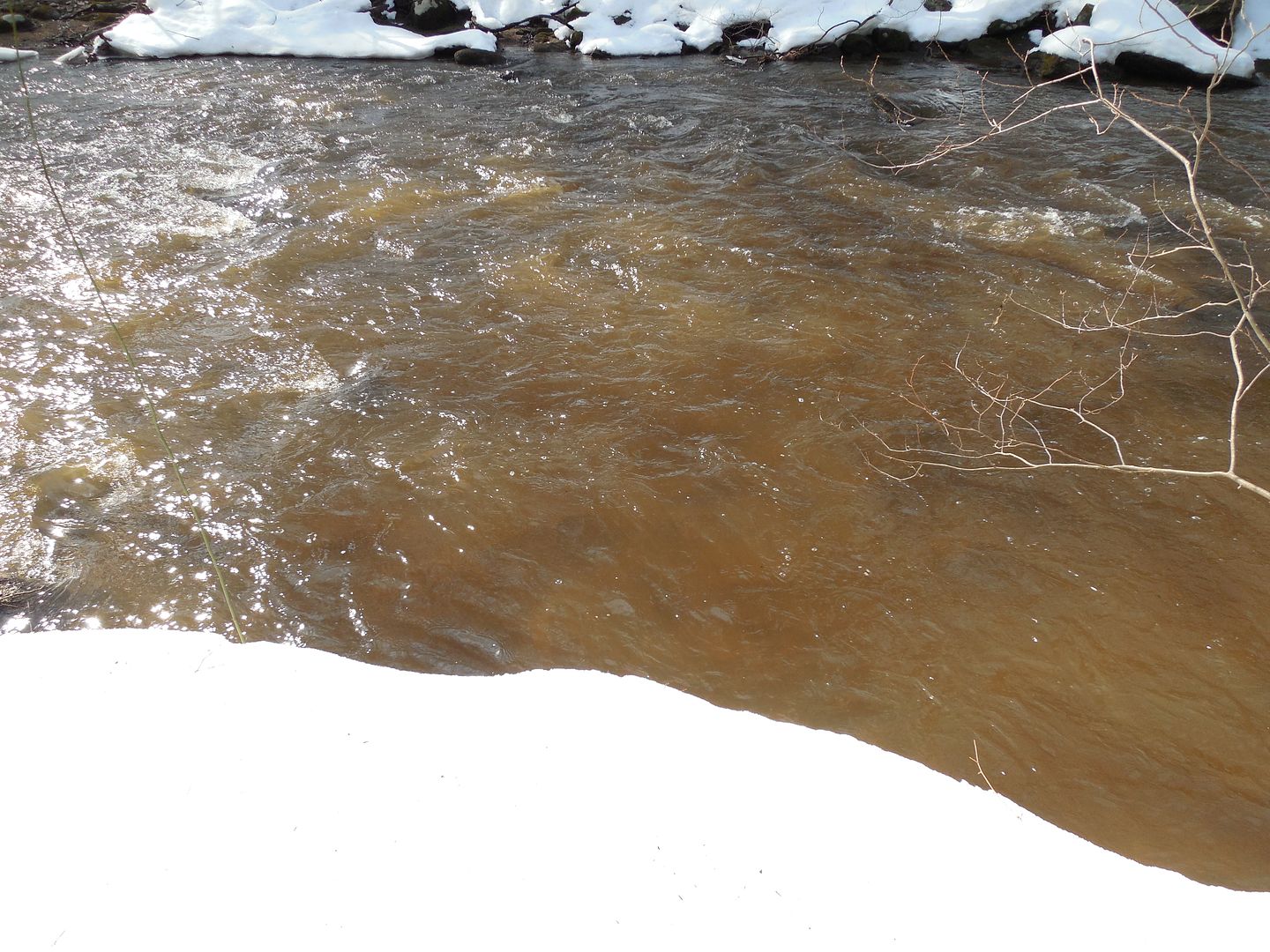
I usually keep far away from the edges of cliffs when there is a snowpack but during the melt this takes center stage. The bonds which held the snowpack are breaking down. A snow base can have multiple layers making the true bottom hard to distinguish at times. Get near the edge, have the snowpack give way and you're in a hurt box. Wet feet and flooded camps are one thing but a nasty fall another animal all together. Again this is probably common sense.

Despite being a melt the freezing at night lets ice expand on some surfaces till the snow feeding it declines. This can make for slick rocks even in the warmer parts of the day.
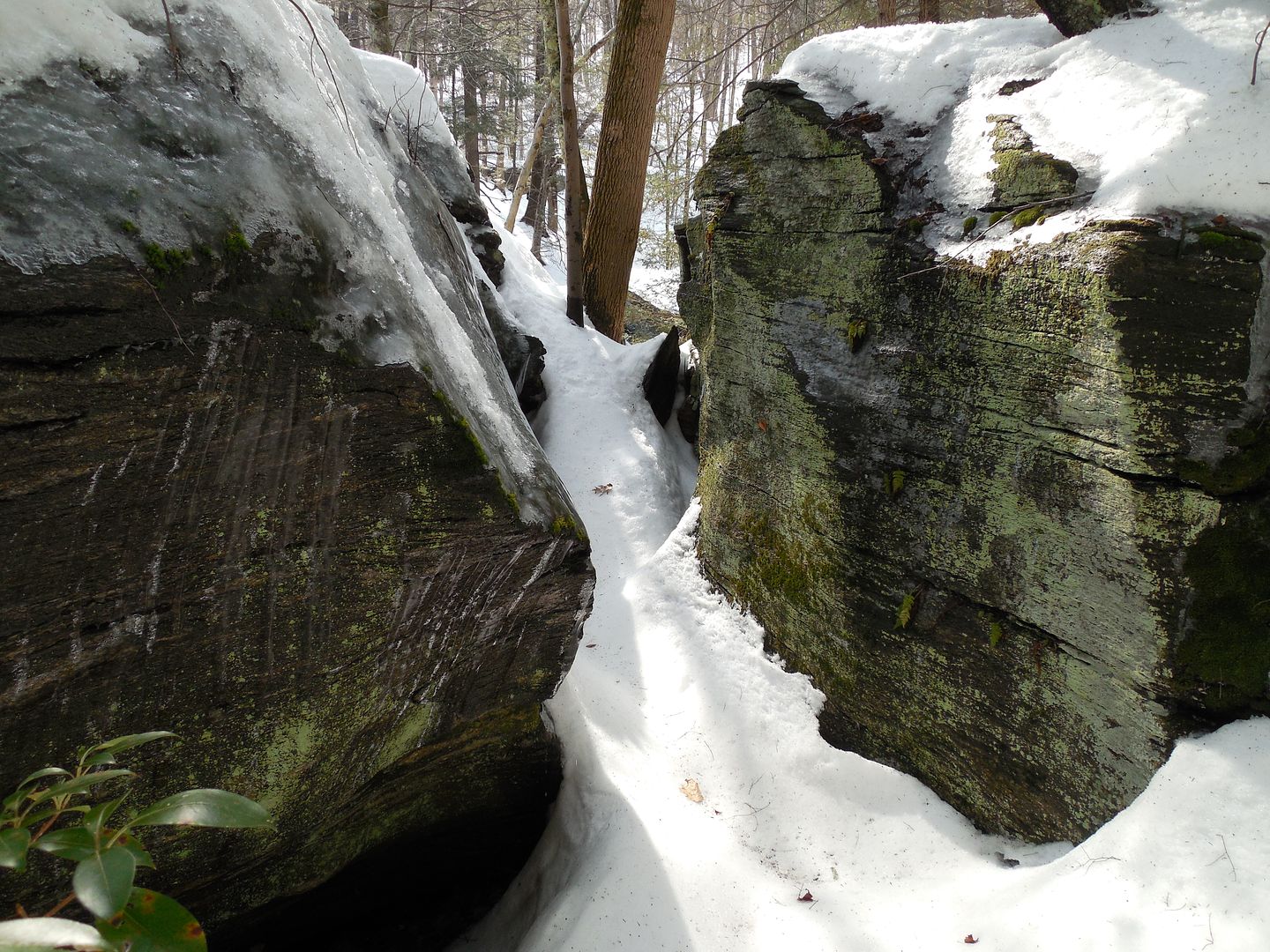
Water is readily available but will still filter it despite looking cold and pure. An entire winter is melting, mixed in is deer scat, ****, snow kill etc etc etc.
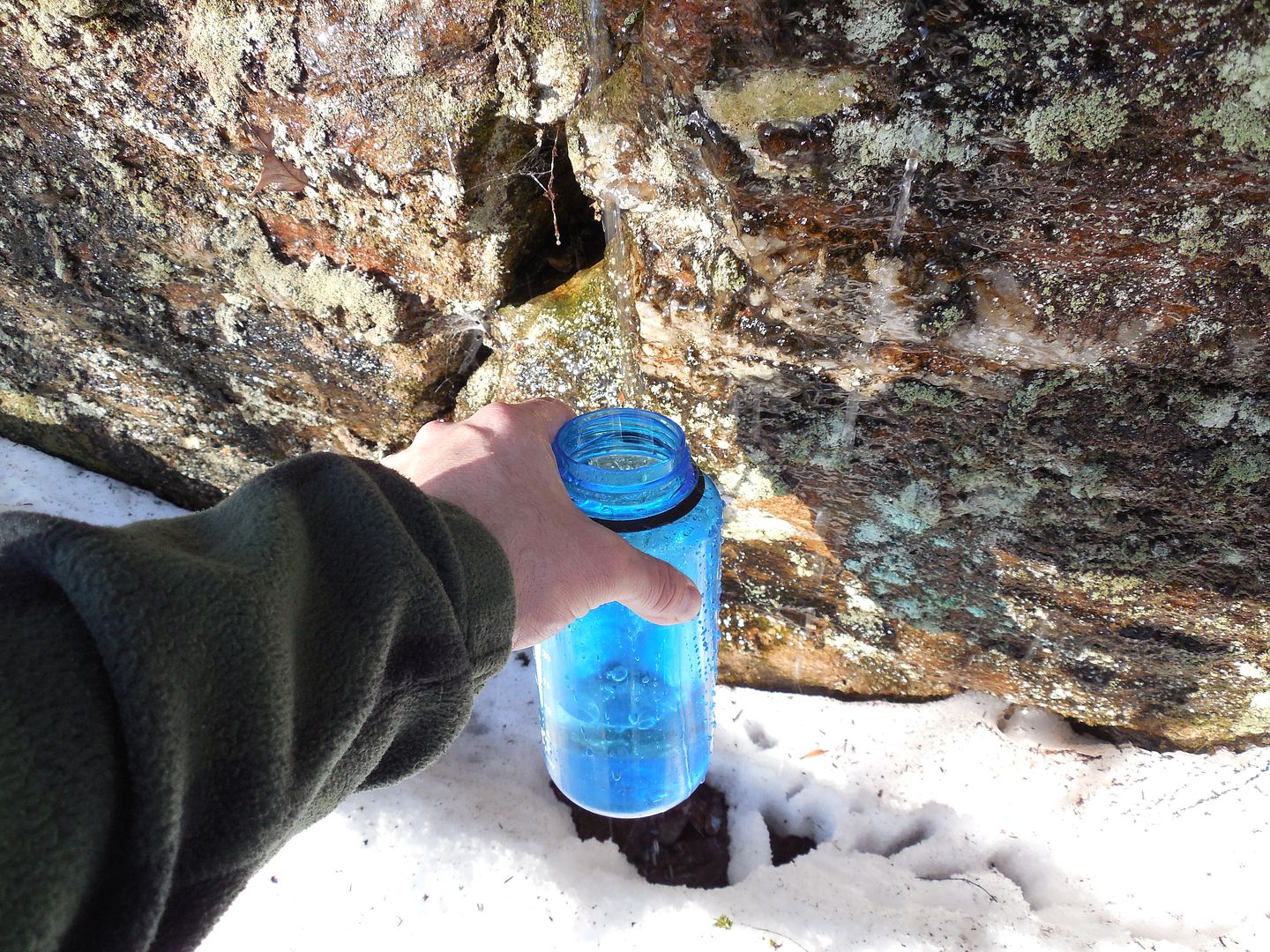
The warmer temperatures, stronger and longer sun combined with two seasons blending together can be a wonder. Keep dry and warm out there. Enjoy the melt!
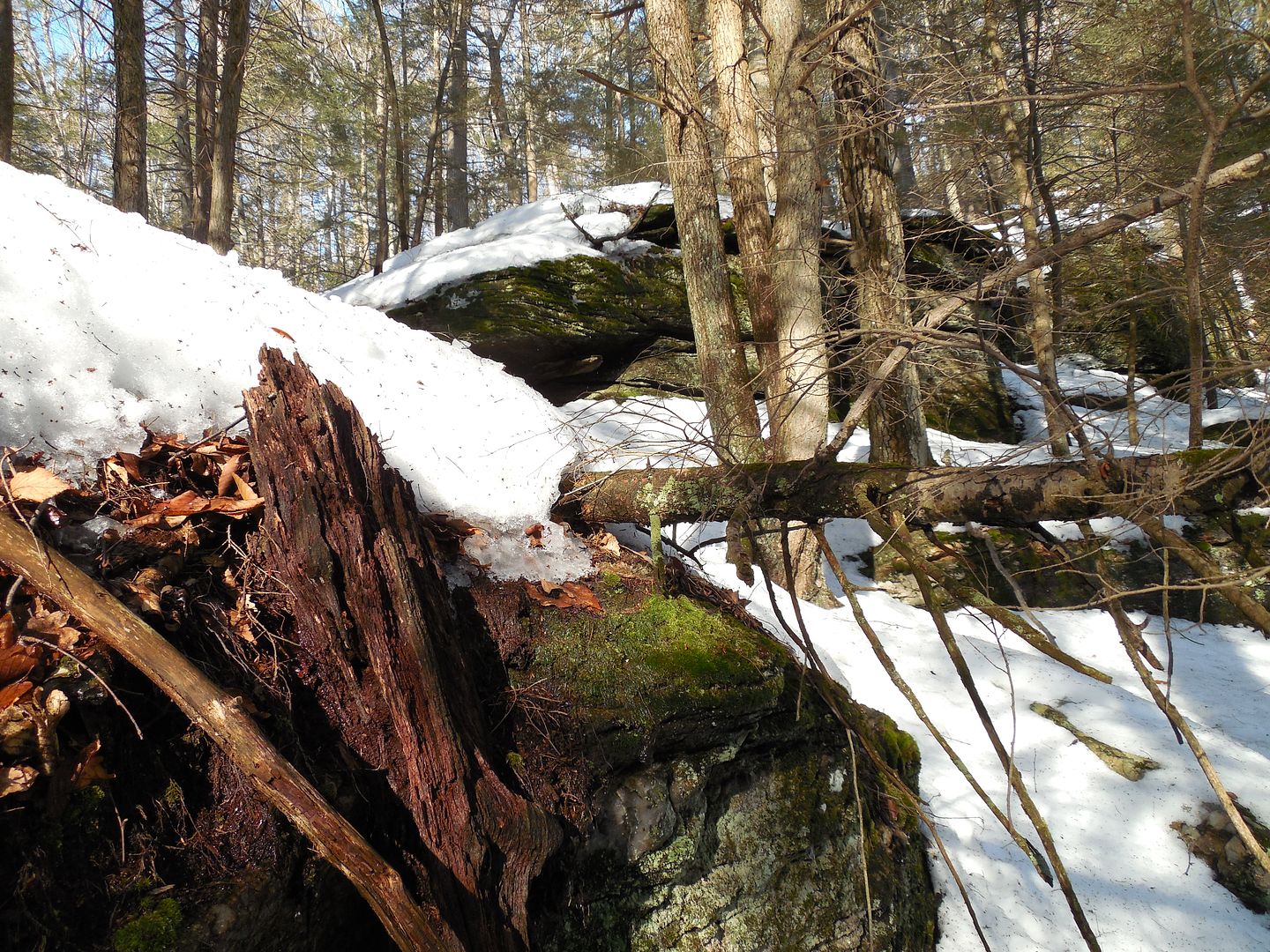
Here is a video.
[video=youtube;LKlrXOZizUs]https://www.youtube.com/watch?v=LKlrXOZizUs[/video]

1. Clothing.
In the melt I prefer synthetics (fleece etc), wool and Gortex. Cotton is a no go. For deep winter with extreme cold there is a place for certain cotton garments but this isn't that type of winter. Layered clothing works great as the temps can be in the 50-60 range during the day then fall below freezing at night. It's very easy to have slush above the level of many boots.

Taller boots with water resistant pants. Gaiters are really nice this time of year and so are micro spikes/yaks tracks. Snowshoes aren't out of the question because post holing is a pain.


The taller boots or snowshoes will also help with deeper snow which might still be around.

Areas with poor drainage develop even worse drainage if that's even possible. It's very possible for these spots to freeze up over night. During deep winter these areas can be rock solid but now not so much. Best to place camps away from rivers, run-offs, streams and swampy areas. Goes without saying but conditions can change fast.



Small run-off streams which are easily crossed earlier in the day may start to swell as the heat intensifies the melt. Kinda like a rising tide.


There is also the possibility for water under the snow in spots which might not be totally expected.

Speaking of moving water the contrast between muddy flow and white snow sometimes tricks the eyes into thinking the edge of the water is farther out than it really is. Snow and ice are even more undercut this time of the year.

I usually keep far away from the edges of cliffs when there is a snowpack but during the melt this takes center stage. The bonds which held the snowpack are breaking down. A snow base can have multiple layers making the true bottom hard to distinguish at times. Get near the edge, have the snowpack give way and you're in a hurt box. Wet feet and flooded camps are one thing but a nasty fall another animal all together. Again this is probably common sense.

Despite being a melt the freezing at night lets ice expand on some surfaces till the snow feeding it declines. This can make for slick rocks even in the warmer parts of the day.

Water is readily available but will still filter it despite looking cold and pure. An entire winter is melting, mixed in is deer scat, ****, snow kill etc etc etc.

The warmer temperatures, stronger and longer sun combined with two seasons blending together can be a wonder. Keep dry and warm out there. Enjoy the melt!

Here is a video.
[video=youtube;LKlrXOZizUs]https://www.youtube.com/watch?v=LKlrXOZizUs[/video]

